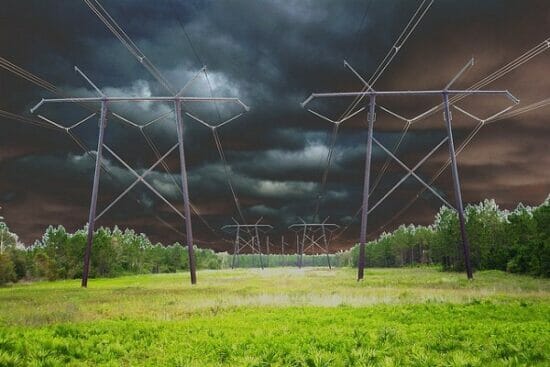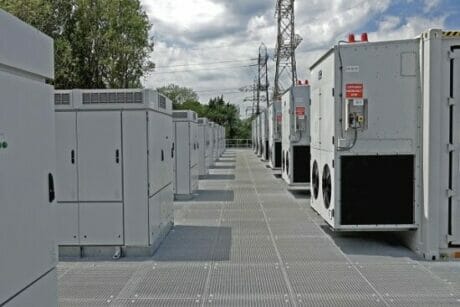No products in the cart.
- Course No E – 1985
- PDH Units: 6
Course No E - 1985
PDH Units: 6
- Course No E – 1985
- PDH Units: 6
Course No E - 1985
PDH Units: 6
Intended Audience: Electrical & Energy Engineers.
PDH UNITS: 6
We are living in an era where electricity is not considered a luxury, but a necessity that people in developed countries cannot live without for even a short period of time. The existing electric transmission grid has served the country well for many years. However, there is an increase in load growth as a result of population growth and the corresponding construction of new homes and businesses. As a result, there is pressure on utility engineers and system operators to ensure there are adequate resources to provide secure and reliable power. One of the main tools to perform such function is via the use of load flow programs. There are several software programs available on the market, as well as many that are built in-house. This course will discuss the key concepts that are crucial to the understanding of load flows from the engineering and system operators’ point of view. The fundamental knowledge gained in this course can be applied to any load flow software. The course will show the important power formulas needed as well as provide numerous load flow examples. You will learn about the electric system, transformers, phase angle regulators, capacitors, shunt reactors, what is a contingency, how to react to a contingency, voltage drop calculations, key aspects of load flows, as well as various tools that help engineers and operators run their systems in an efficient and reliable manner. In Power Load Flow 101: Basics, Theories & Applications for Engineers & System Operators, you'll learn ...
- The importance of the power triangle and its relation to equipment ratings
- How the electric load reacts to supply voltage changes
- The two main load flow solution methods: PTLF and SS
- The importance and methodology for performing a contingency analysis
Learning Objectives:
At the successful conclusion of this course, you will learn the following knowledge and skills:- Familiarize the student with the electric system, from the generator to the customer’s house
- Key components of the electric system
- Key power concepts, such as the power triangle and critical power transfer formulas
- The importance of load flow simulation in the utility field for engineers and real time operators as well as key features
- The functionality and difference between step up/down and phase angle regulator transformers
- The functionality and difference between capacitor banks and shunt reactors
- Load coefficients and how the customer load reacts when the voltage is changed
- The concept of contingencies, N-0, N-1 and N-2 and how the system reacts when a circuit is lost
- The concept of transformer and sub-transmission feeders’ ratings
Once completed, your order and certificate of completion will be available in your profile when you’re logged in to the site.








